
The third-largest state of India, Maharashtra occupies a significant portion of the Deccan plateau and sits along the Konkan coast looking onto the Arabian Sea. The commercial and industrial pivot of the state lies in its capital city of Mumbai, formerly known as Bombay. The most prevalent language of the state is Marathi, the literary endeavours of which has managed to survive despite the plundering and oppression caused during the British Raj.
The Maharashtra Culture is one of the most diverse and brilliant all throughout India. Today we explore the rich heritage, the occasions where the people come together, often regardless of religion and community, the aspects that are unique to the state and their significance in the country of India.
Maharashtra Traditional Dress

The Maharashtra traditional dress is suited to festive occasions as well as to the prevalent weather conditions. Rich in vibrant colours and unique designs, the women commonly wear the traditional nine-yard long saree called the ‘Nauvari’, along with a ‘choli’ or blouse as the top. These types of sarees have a unique pattern of draping that allows ease in movement, and thus also produces a recognised icon of the Maharashtrian culture. Stunning pieces of jewellery like the ‘nath’ or nose ring and adorning necklaces called ‘saaj’ are worn as accessories by the women.

The men, on the other hand, wear a shirt or kurta paired with the ‘dhoti’, usually made of cotton, which is draped around the waist and extends up to the ankles. Other than the cotton caps called ‘pheta’ or ‘pagadi’ which they put on their heads, a sleeveless jacket called ‘bandi’ is also occasionally worn. During festive seasons, the men wear Ackan, Churidar, and Pyjama.
Art and craft of Maharashtra

Being one of the largest cotton-producing states in the country, Maharashtrian artisans and craftsmen extensively use cotton for their fabric-based endeavours. The luxurious ‘Mashru’ and ‘Himroo’ fabrics are made from blending cotton and silk together in a special handloom machine. The Narayan Peth sarees originated in the district of Solapur and are woven from cotton and silk. These are decorated with small motifs across the body which present a striking contrast with its border.

The handmade leather slippers of Kolhapur have been a part of the traditional footwear since the thirteenth century. These ‘chappals’ boast of intricate designs that enhance its basic rustic style and are of immense durability. Kolhapur is also famous for its jewellery like the Saaj, Mohanmal, Bormal, and Putlihaar. In the Sawantwadi style of lacquer crafts, motifs of nature and mythology are deliberately painted on the surface of different objects like furniture, figurines, and showpieces.

Unruffled by the hustle of city life and modernization, the Warli tribe of Thane district still thrives in the very core of nature. Their simplistic wall-paintings are rich with poetic and spiritual imagery, usually depicting the regular lives of the people. Employing basic shapes like triangles, circles, and squares, the artists symbolically represent aspects of nature and creative energy in these paintings which is globally known as Warli Paintings.
Suggested Read – Exploring the Traditional Art and Craft of Maharashtra
Architecture of Maharashtra

The first caves in Maharashtra that have historical records were found by Buddhist monks in the 2nd century BC during their search for an adequate and peaceful place to reside and meditate. The famous rock-cut carvings which comprise some of the oldest wall paintings are present in the Ajanta and Ellora caves. These Hindu cave temples are regarded as a cultural emblem all over India, and the world.

The Wada architectural style of housing and temple planning encapsulates the proud heritage, culture, and traditions that belonged to the dauntless and tumultuous reign of the Marathas. Shaniwar Wada and Lal Mahal in Pune are also prominent examples of Maratha architecture. Some of the most important fortresses in the state are Raigadi, Vijaydurgu, and Sinhagadi. During the reign of British Raj, Mumbai saw varying styles of architecture that were used to construct its historical structures and buildings, including Gothic, Victorian, Art-Decos, and Indo-Saracenic revival. These are seen in notable monuments like the Gateway of India and the Chhatrapati Shivaji Terminus.

In a state where people of many religions and cultures thrive, the most notable places of worship include Kalaram Temple, Hazur Sahib, Mount Mary Basilica, St. Thomas Cathedral, Shri Siddeshwar Temple, Bibi Ka Maqbara and Mahalakshmi temple.
Cultural Festivals of Maharashtra
The people of Maharashtra celebrate the festivals that paint in varying and vivid colours the occasion of cultural tribute and merriment. The Maharashtra Day is celebrated on the 1st of May to mark the date when in 1960 the state acquired its status. Nag Panchami is celebrated on the fifth day of the holy month of Shravan where the snake god is worshipped as people offer milk and sweets, praying for the well-being of their family and good harvest.
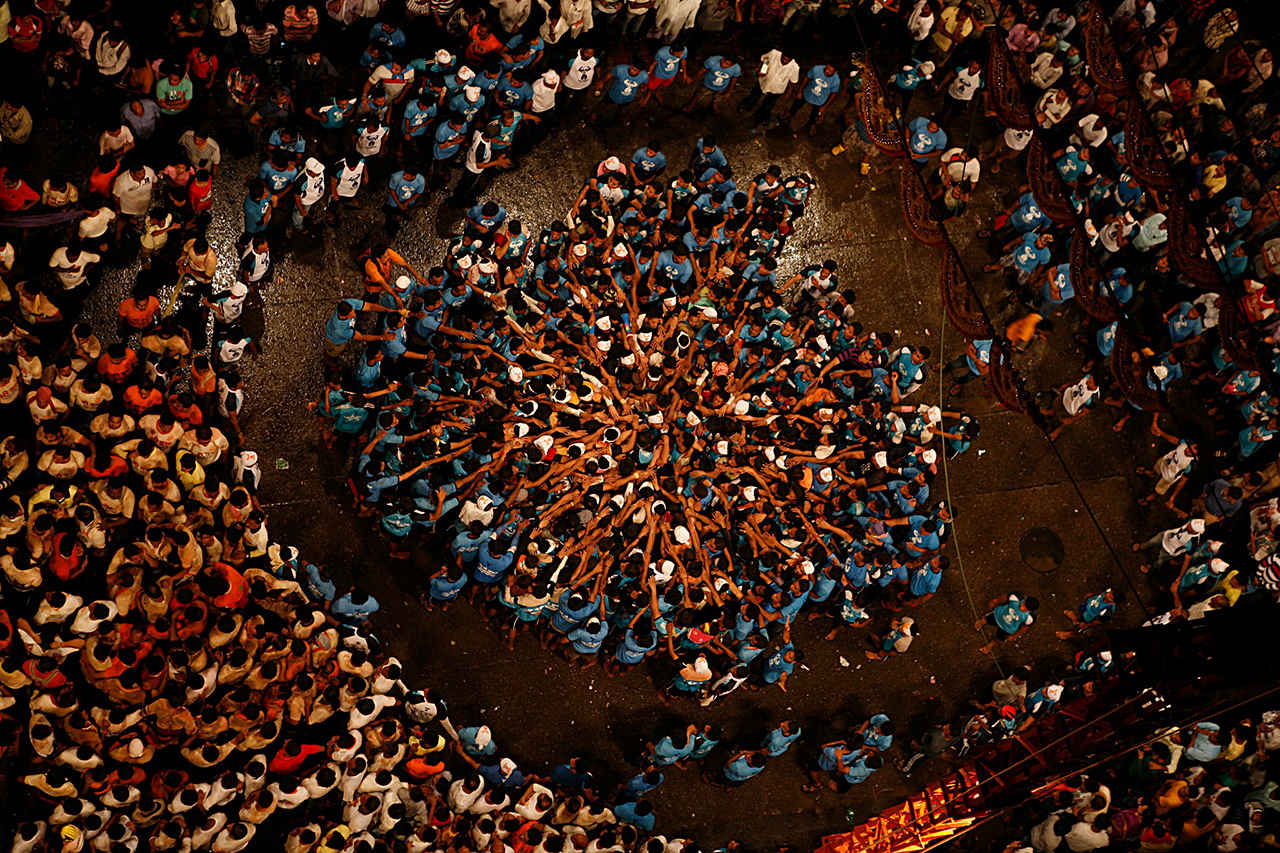
The festival of Janmashti sees people gather up in all their excitement and joy to perform the tradition of breaking the Dahi Handi. Gudi Padwa is regarded as the most auspicious day to mark the first day of the Lunar Calendar. Narali Purnima marks the end of the turbulent monsoon and the beginning of the new fishing season. The fishermen decorate their boats and appease the sea-god with their offerings of coconut and prayers before embarking on their sail. Shivaji Jayanti is an important celebration which honours the heroic determination and victories of the Maratha warrior on his birthday.
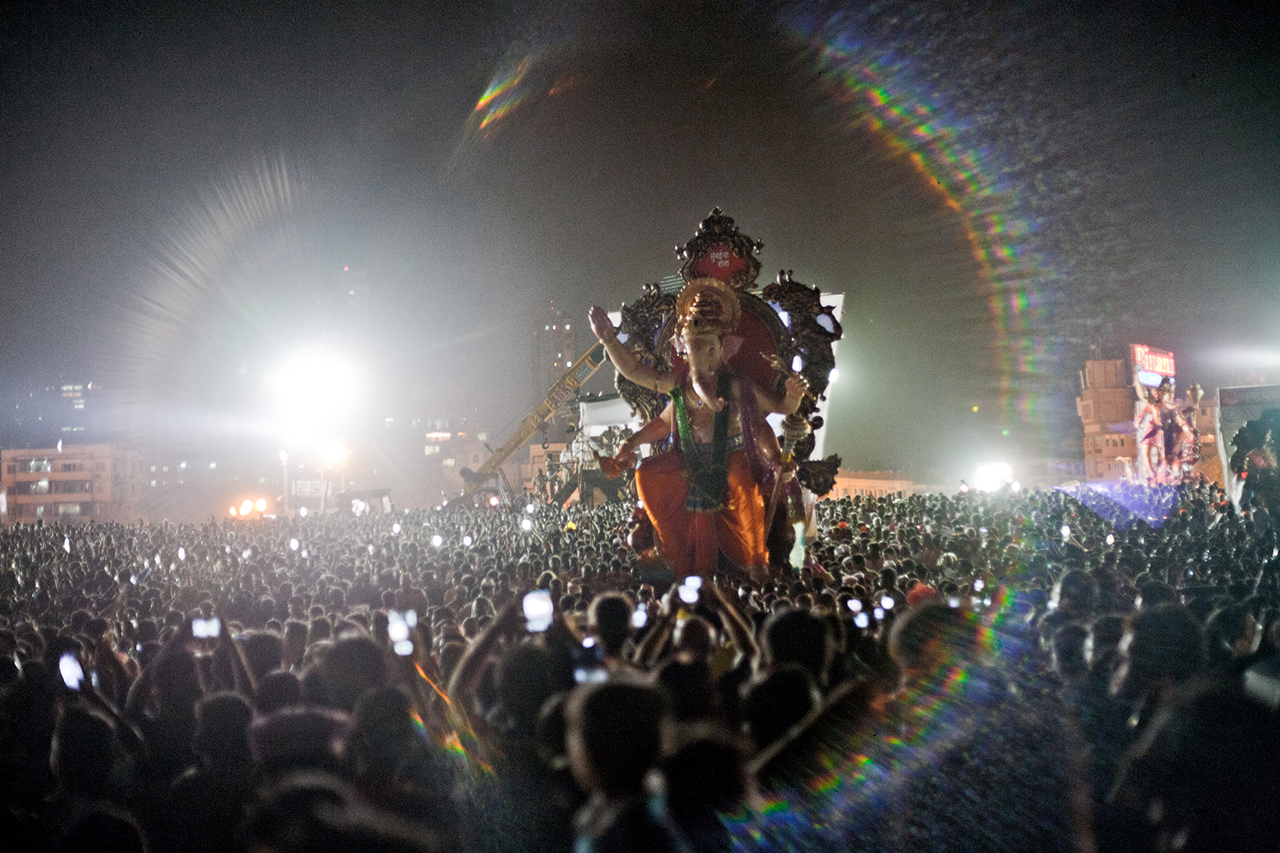
The celebration of Ganesh Chaturthi that goes on for eleven days is arranged on the grandest scale in the entire state of Maharashtra, beginning with the worship of idols of Lord Ganesh in homes and large pandals, which are intricately decorated, portraying religious and social themes. During the harvest festival of Pola, bullocks, the primary helping force in farming, are worshipped.

The Ellora festival, organised by the Maharashtra Tourism Development Corporation, celebrates classical music and dance and the legacy of Indian art and cultural forms at one of the oldest and most historically significant sites in the country. Performers, artisans, and craftsmen from across the country visit this festival to put on display their talent as well as revel in that of others.
Some other notable festivals include the Bangana festival at Malabar Hills in Mumbai, Makar Sankranti, Bhau Beej, Mangala Gauri, Kojagiri Purnima, Vat Purnima, and Ashadhi Ekadashi.
Music, dance and poetry of Maharashtra
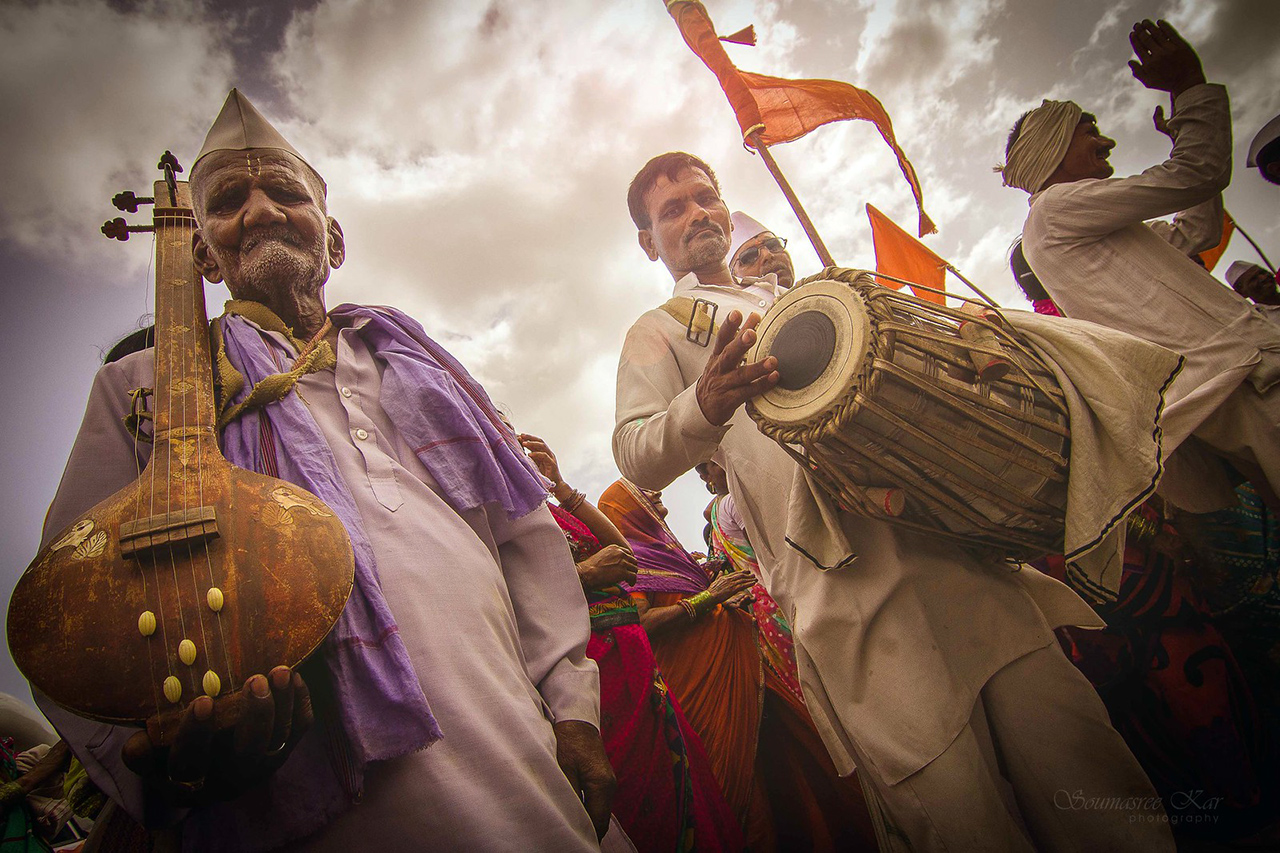
At the heart of Maharashtra’s culture, the primary forms of music that emerged are folk music, the semi-classical natya sangeet or theatre music, and poetry by the saints. Folk music is enjoyed by people from various aspects of the community, each kind sung during certain occasions. The most popular of these are the ballads called Povadas, that sing of the valiant life of the Maratha warrior Chhatrapati Shivaji, the Owi and are written in couplets. They adhere to the responsibilities and joys that women find in their routine lives and also the exciting Bhaleri that adds harmony to the different tasks performed during farming in the fields.
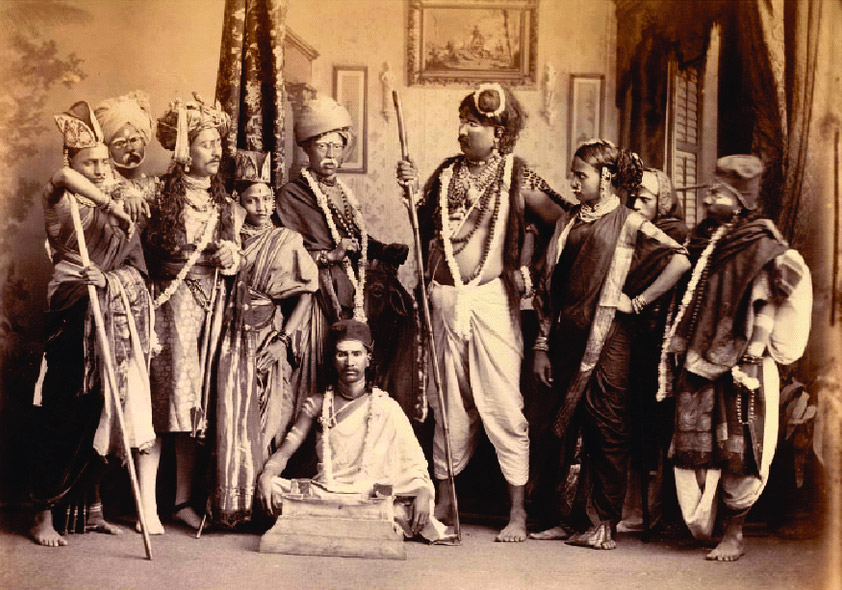
The norm of playing songs on the stage during drama or theatrical performances was heralded by Annasaheb Kirloskar, the father of modern Marathi theatre, and came to be known as Natya Sangeet, or “music of drama”. Some of the poet-saints who preached about devotion and knowledge that brought the soul’s unification with God are Dnyaneshwar, Tukaram, Muktabai, and Soyarabai. Samartha Ramdas Swami’s revered compositions Manache Shlok and Dasbodh are regarded as powerful inspirations even today.

Some of the indigenous dance styles of the Maharashtrian culture are the energetic Lavani dance with its intricate leg movements, the Tamasha form of folk-theatre which was made popular by the Mahar and Kothari communities, the joyous dance form of the Koli fishing community specially performed during the Narali Purnima festival, and Dindi which was popularised by the devotional sect of the Varkaris.
Maharashtrian food

The diversity of Maharashtrian cuisine reflects the multitude of cultures that teem the entire state. Among the wide variety of dishes that appeals to the milder as well as spicier taste buds, the most well known are Vada Pav, Bhel Puri, Sabudana Khichdi, Puran Poli, Kanda Poha, Ragda Pattice, and Misal Pav. Indigenous seafood dishes that are prepared by the fishing communities include the Prawns Koliwada, Maklea cha Kheema (a preparation of squid), and Kolumbi cha Ambat (a preparation of prawns) amongst many others of the Koli community.
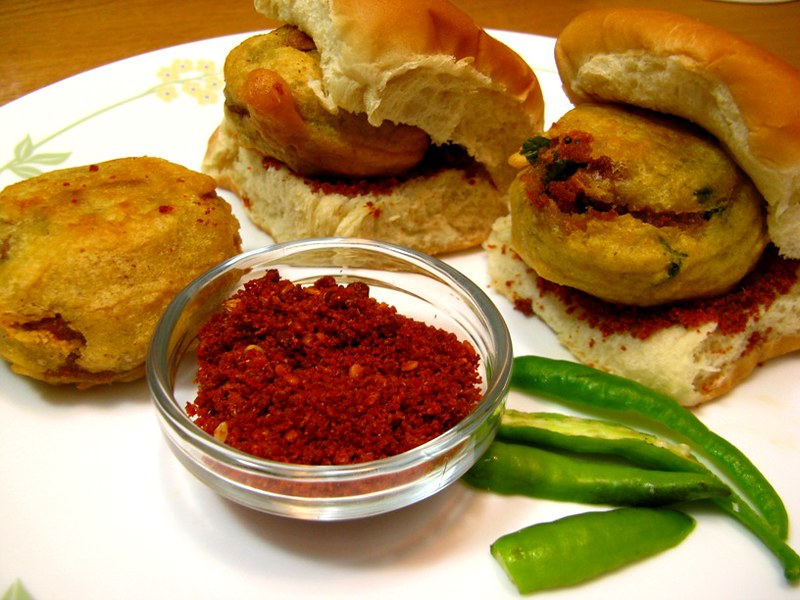
The simple and quick cooking styles of the Pathare Prabhus have produced the special Sambar masala which compliments the flavour of the dish depending on the amount used. Towards the interior of the state away from the coastal areas, meat, especially mutton and chicken, are more prevalent, with the dishes getting richer and heavier in flavour.

While the Brahmin community has brought brilliance and popularity to vegetarian dishes, the foreign influences of the Mughals and the Arabs are also present in the gastronomical heritage of the state. Desserts and sweets that are traditionally popular include Shrikhand, Basundi, Aamras, and Modak while Kairi Cha Panha and Soi Kadhi are some of the most refreshing drinks.
Tourism in Maharashtra

Maharashtra is replete with locations and sites that not only narrate tales of exquisite culture but also serve as gateways to art and nature. The green landscapes, often dotted with age-old fortresses and clear lakes, are sights worthy to be beheld and learnt the history of. Such are the splendid hills of Mahabaleshwar, Panchgani, Lonavala, Igatpuri, and Matheran.

The capital city of Mumbai, where the Gateway of India, the Marine Drive, and the Chhatrapati Shivaji Terminus are located, is the financial and entertainment centre of the state. Pune, the second-largest city, also boasts of many historical sites like the Pataleshwar Cave Temple, Shaniwar Wada, Shinde Chhatri, National War Museum, Saras Baug, and Parvati Hill.
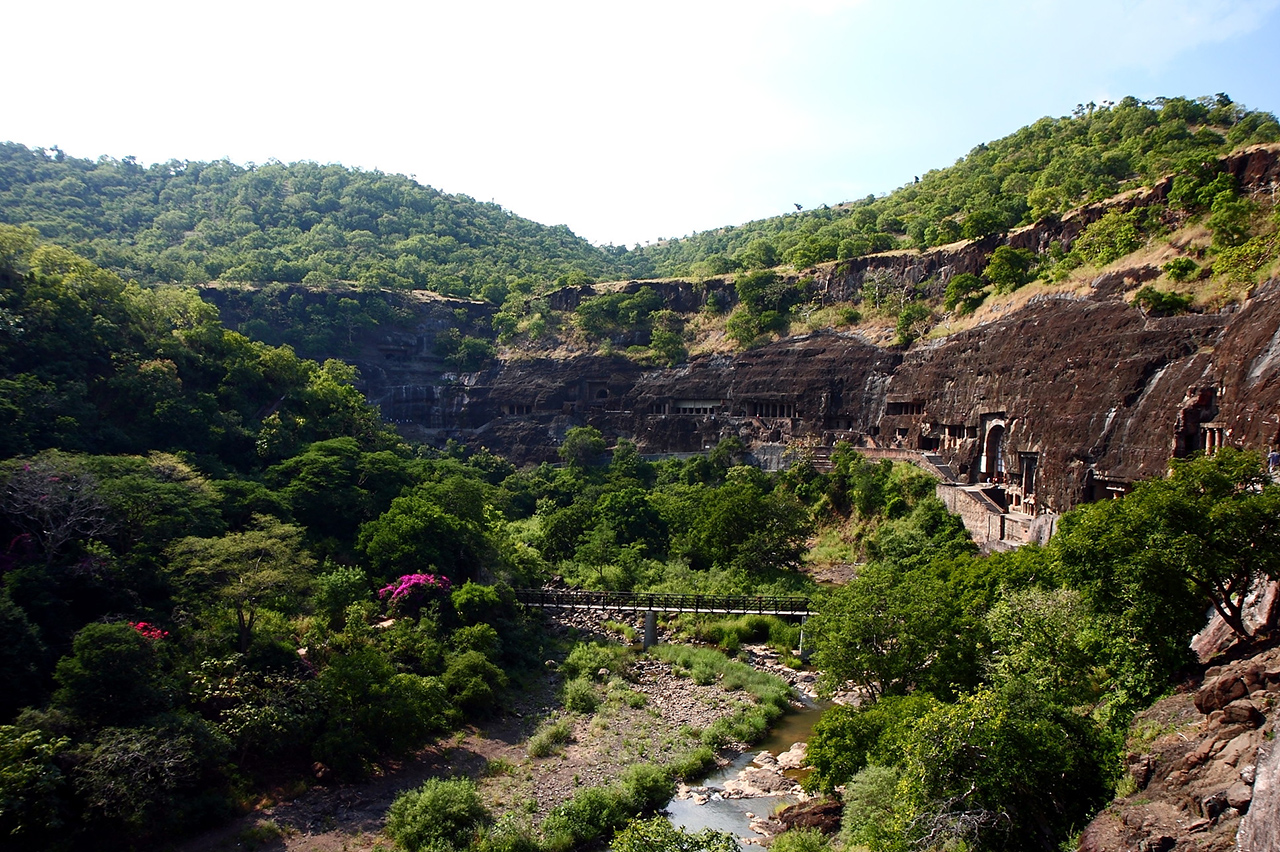
As UNESCO World Heritage Sites, the Ajanta and the Ellora caves are known for the oldest rock-cut sculptures and wall paintings and contain several Buddhist, Hindu, and Jain cave temples. Named after Mughal emperor Aurangzeb, the city of Aurangabad is home to the Daulatabad Fort and the Bibi Ka Maqbara among other heritage locations. The port city of Ratnagiri on the Konkan coast offers beaches, historical monuments as well as temples for the earnest tourist to visit. Shirdi, Nashik, and Ganpatipule are some of the most visited holy sites by pilgrims and devotees.
Religion in Maharashtra
The state of Maharashtra is a microcosm of India itself, harbouring a religious diversity comprising Hindus, Muslims, Christians, Jains, Buddhists, and Sikhs. It’s not a fact of wonder that places of worship that accord to the customs and beliefs of each religion are found throughout the state.
Many flock to Mumbai from other states, cities, and towns alike to join the land of glamour and fame of India’s biggest film industry, Bollywood, that has even extended its roots into overseas cinema.
Languages of Maharashtra
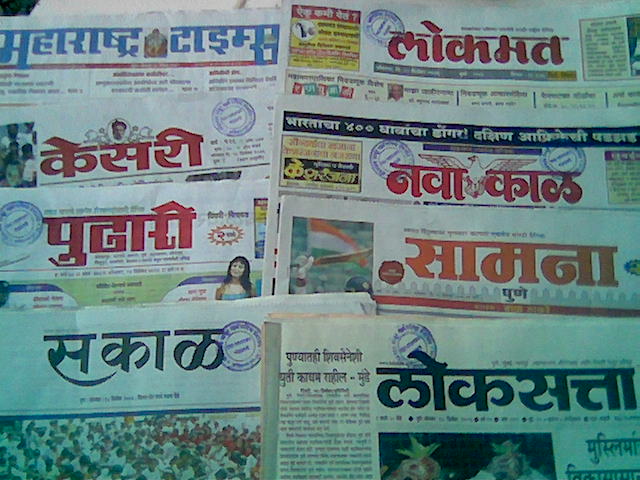
Marathi and Hindi are the primary languages that are spoken in Maharashtra with English also being used in the urban areas. The Marathi dialect varies from one district to another. Pardhi and Keikadi are examples of local tongues that owe their sustenance to the older years of Marathi language. Konkani and Vardahii are two of the major dialects that are spoken in certain regions of Maharashtra. There are thirty-eight other languages that are spoken by small communities separated from the mainstream, like that of the Adivasis, the tribals, and the nomadic.
Occupation in Maharashtra
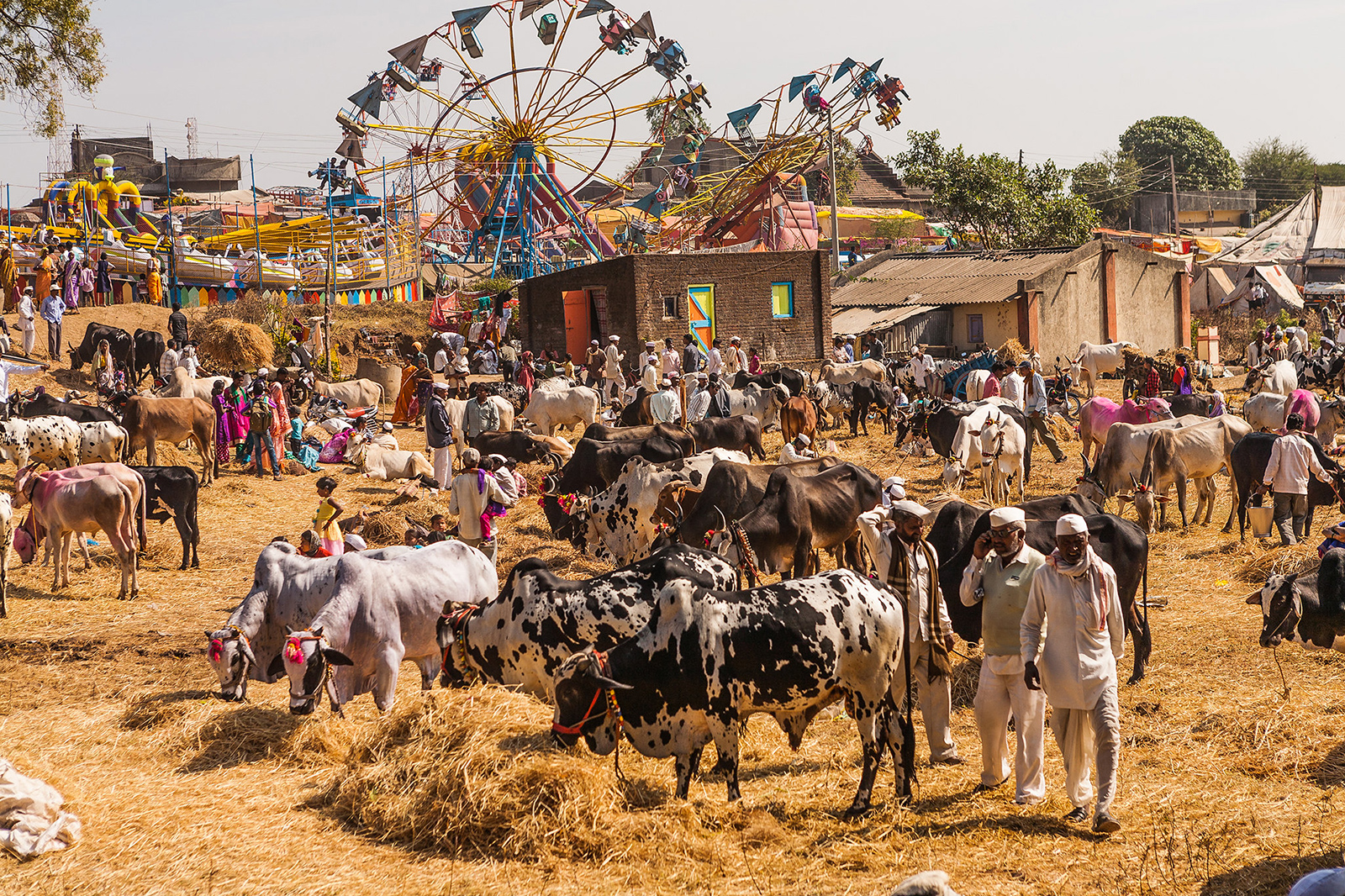
Maharashtra occupies the topmost position among the industrial contributors to the country’s economy, yet the agricultural sector is the most dominant in the state, serving as a source of livelihood to thousands of farming families. Along the coastal lines, the fishing communities are as much of an imperative. People engage in services in Government jobs and proletarian professions like mechanics, shopkeepers, transport vehicle drivers, and construction workers.








Congratulations on a good compilation.
A correction would help…
The festival of poli seems a typographic error. It should be festival of pola (पोळा).
Good luck to you.
Hey Madhav, thanks for pointing it out, we have corrected it.
Great blog, well researched about Mumbai culture and its history
Thanks Aazol 🙂
Great source of varied information on Maharashtra. Respect your efforts, a great thanks from my side
Thank you Sandeep 🙂
Fantastic work …It helped a lot 👍👍…A great appreciation to your effort💐
Thanks Sucheta 🙂